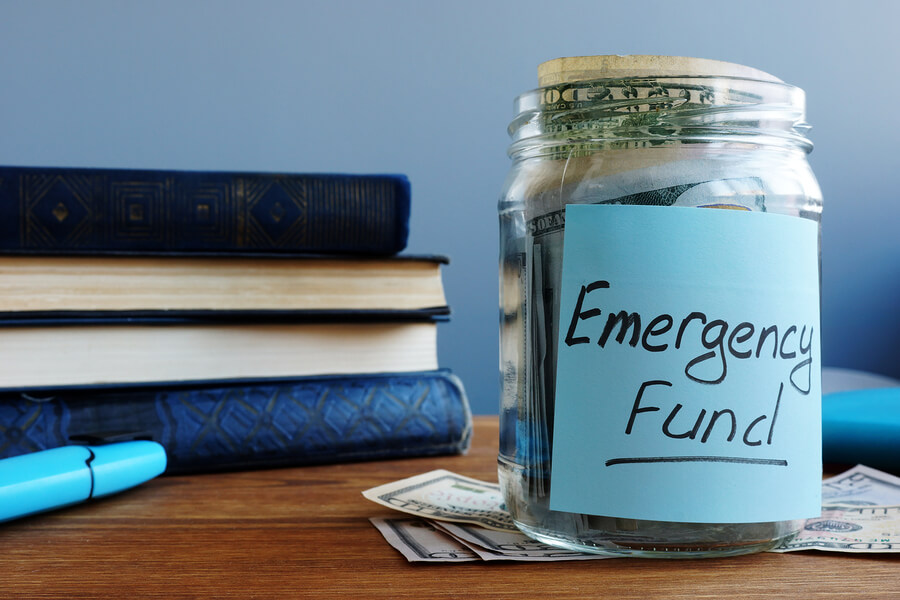According to a new consumer survey, a striking number of Australians are not financially prepared for unexpected bills.
Around two in five Australians don’t have emergency savings set aside for urgent or unexpected costs, a new Canstar survey of more than 1000 people has revealed.
“It’s critical Australians have some cash set aside in case of an emergency,” Canstar editor-at-large Effie Zahos said.
“Even a few hundred dollars is better than nothing – if life throws you a curveball, you want to be prepared.”
Emergency savings funds are those set aside for unforeseen costs like urgent mechanical repairs, vet bills, or when shifts are cut at work.

Camera Icon Around two in five Australians don’t have any emergency savings, according to Canstar. Supplied
Ms. Zahos said the average amount set aside for a rainy day was “reassuring” at $8052.
“This could be enough to cover a few months’ worths of rent or mortgage repayments or nearly a year’s worth of groceries,” Ms. Zahos said.
Less than half of those living in Western Australia and South Australia have an emergency fund. In Queensland and NSW, more than 60 percent of residents are financially prepared for unexpected costs.
Canstar has revealed their top tips for getting your savings back on track:
Save a little, a lot
One-quarter of those with an emergency fund contributed to it every time they got paid.
Almost 70 percent added to it whenever they could.
“If you can’t save a large amount, it’s still important to try and set regular money aside whenever possible,” Ms. Zahos said.
“Even saving just $10 a week will net you $520 in a year, while $20 a week will grow to $1040 in a year, a decent amount you can build on.”
Canstar suggests setting up an automatic transfer scheduled each week on payday.
Roundup spending
Some banks offer a feature on transaction accounts that round purchases up to the nearest dollar and transfer the change into a savings account.
Rounding up just $20 monthly will add up to $240 in emergency savings each year.
Camera IconRoundup features on savings accounts can help make saving easier. Supplied Credit: News Limited
Add your tax return to savings.
Sending lump sum payments like tax returns, work bonuses, or leave payouts straight to savings is an easy way to cushion emergency funds.
Shop around for a high-interest rate.
Climbing interest rates spell bad news for homeowners, but they are a bonus for people with savings accounts.
“If you’re unsure what your current savings account is doing, it‘s time to review your rate and see how it stacks up,” Ms. Zahos said.
Savings account rates are as high as 3 percent for 14-35-year-olds.
“If you’re planning to switch savings accounts, ensure you’re across any account conditions before jumping ship,” Ms. Zahos warned.
Some accounts require you to meet certain monthly criteria, such as depositing a certain amount to receive a higher interest rate.












